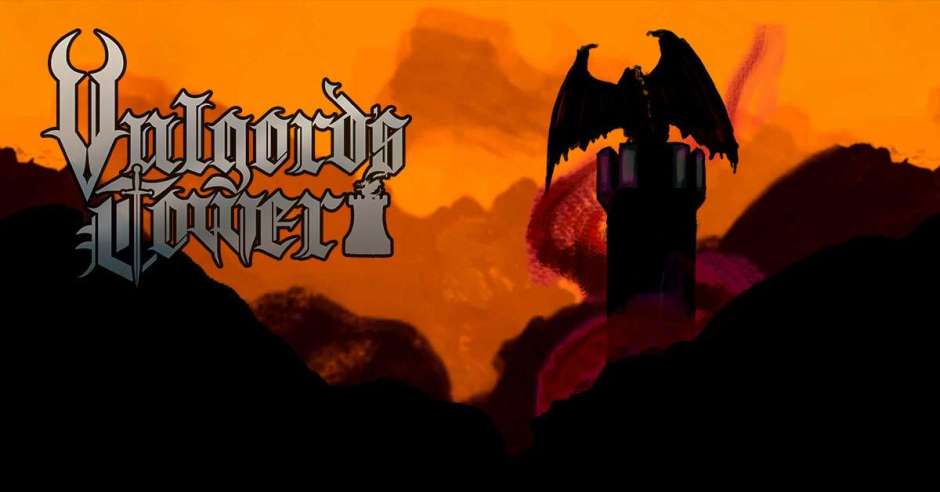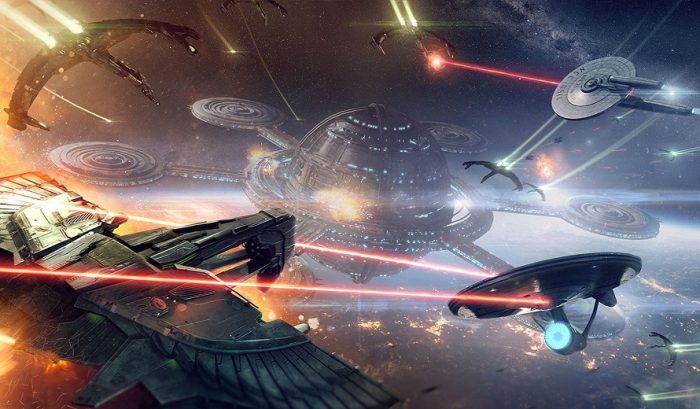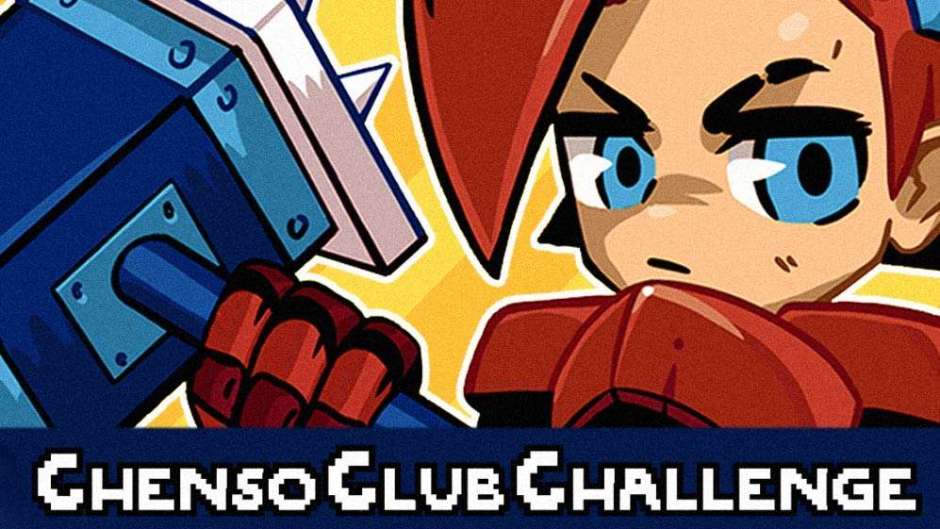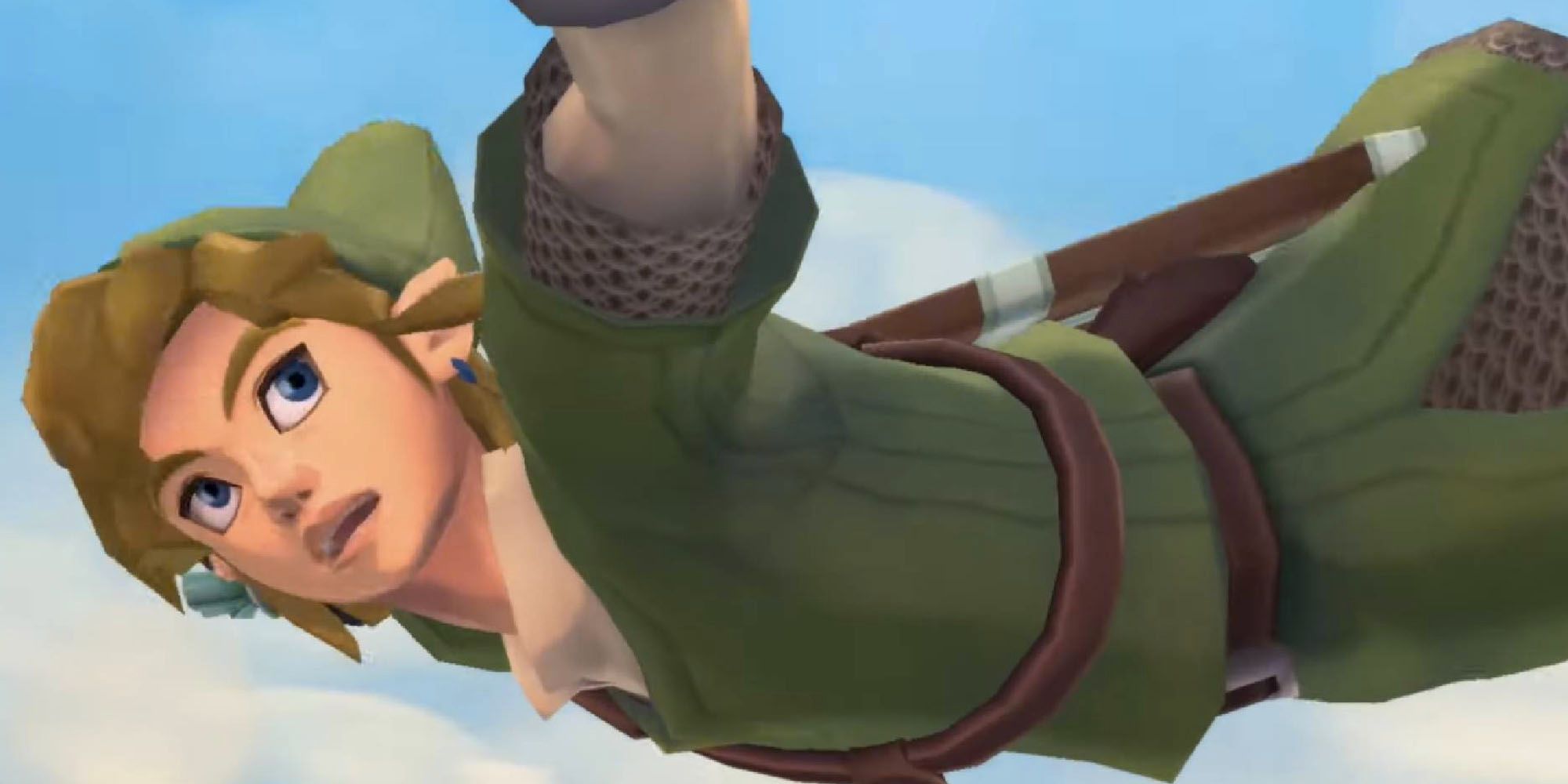
While a fantastic game in its own right, Skyward Sword is not like other 3D Zeldas. Longtime fans of the franchise might find themselves both confused and caught off guard with how Skyward Sword chooses (or chooses not to) approach certain staples that have defined The Legend of Zelda for decades.
RELATED: Skyward Sword: Where To Find Each Type of Treasure
It may be a tough sell, but Skyward Sword is not a bad video game by any means. That said, beginners will want some tips before they dive right in. Skyward Sword is the rare Legend of Zelda that demands you meet the game on its level – for better or worse.
Make Peace With Linearity
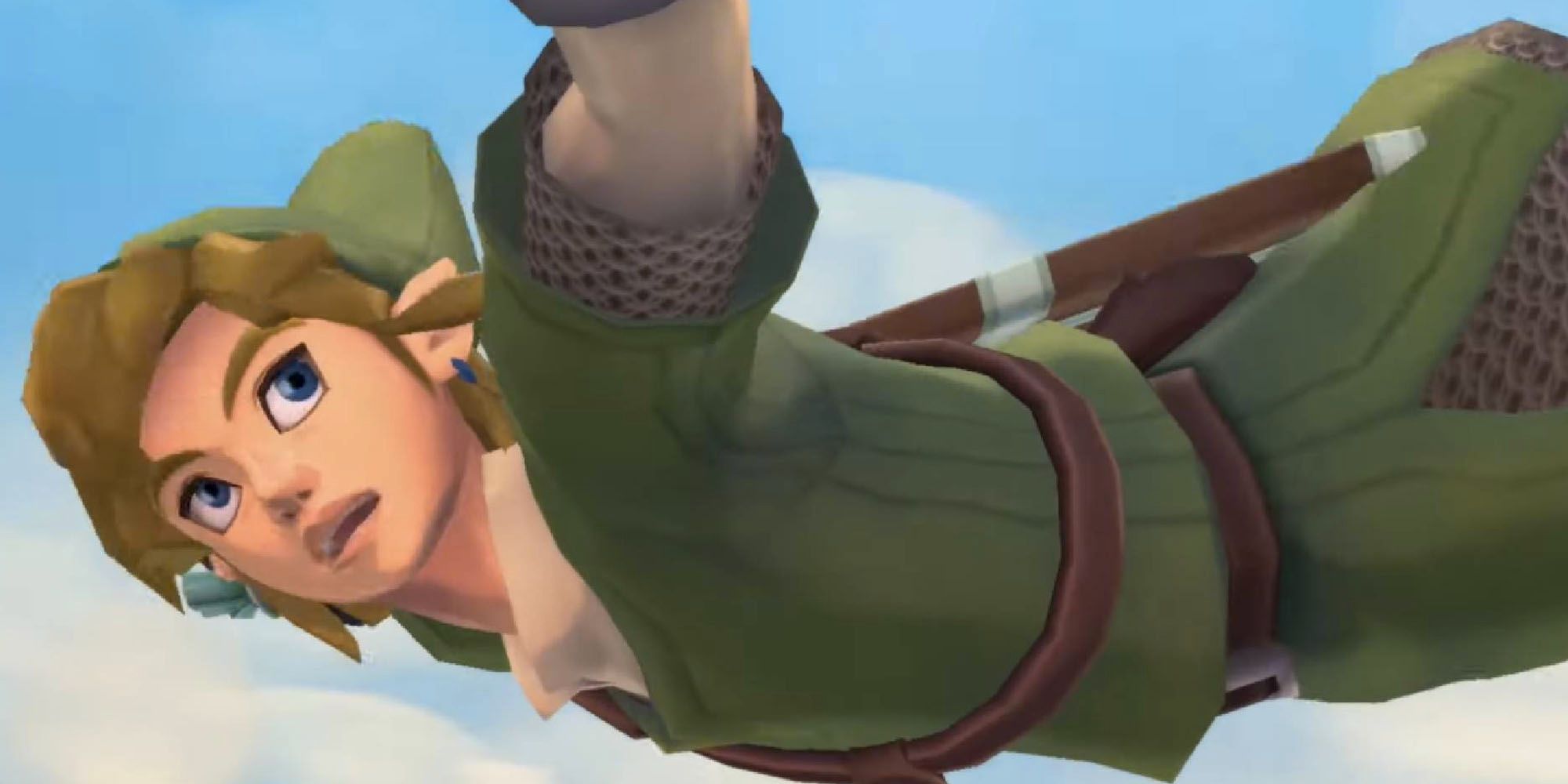
Skyward Sword is the most linear 3D Zelda in the franchise, and that’s saying something considering how straightforward both The Wind Waker and Twilight Princess ultimately are. Aside from the Song of Heroes quest, Skyward Sword does not let you do anything out of order. The entire adventure is strictly linear with very few opportunities to fully explore.
This will undeniably be jarring for series veterans, linearity is not a bad thing. If anything, Skyward Sword is the one Zelda game to successfully justify its linear structure. This is a narrative driven experience that frames Link’s journey like a mythological epic. If you can make peace with the fact there isn’t much optional exploration, Skyward Sword becomes an outstanding Zelda.
You Don’t Need The Camera
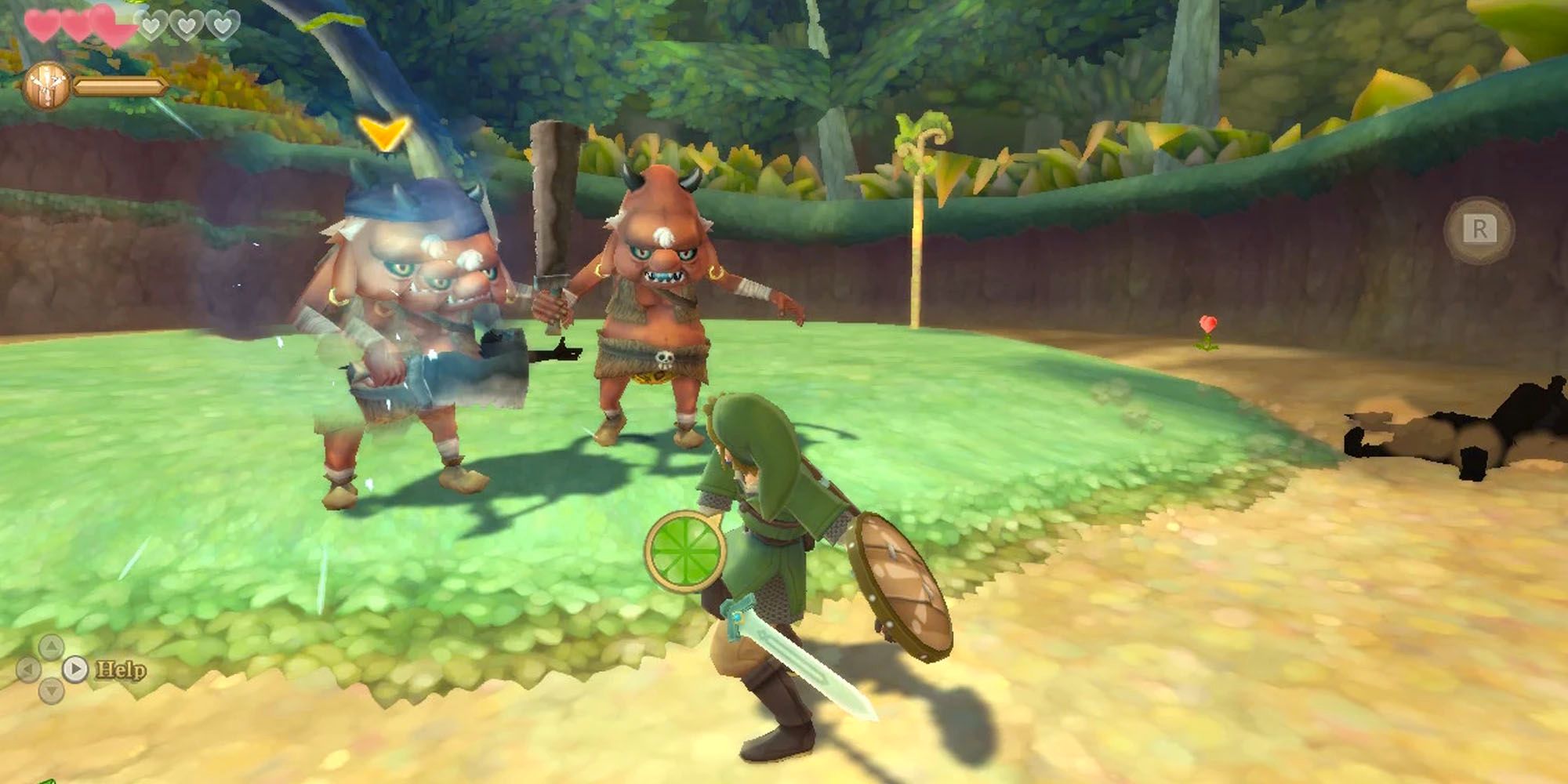
A common complaint regarding Skyward Sword HD’s new control scheme has to do with the camera. Both the sword and the camera are locked to the right analog stick. By holding down L, you can control the camera at the expense of your sword. This can be frustrating for players who want to control the camera during combat, but you don't ever need to.
It’s important to keep in mind that Skyward Sword didn’t have camera controls to begin with, instead sticking to the camera clicking pioneered by Ocarina of Time. Fixed angles make it so everything you need to see is always in sight, with the HD release simply offering a bit more convenience. The camera is so you can appreciate the world’s finer details, but it’s otherwise totally unnecessary for gameplay and you should just trust what you see on-screen.
Be Patient
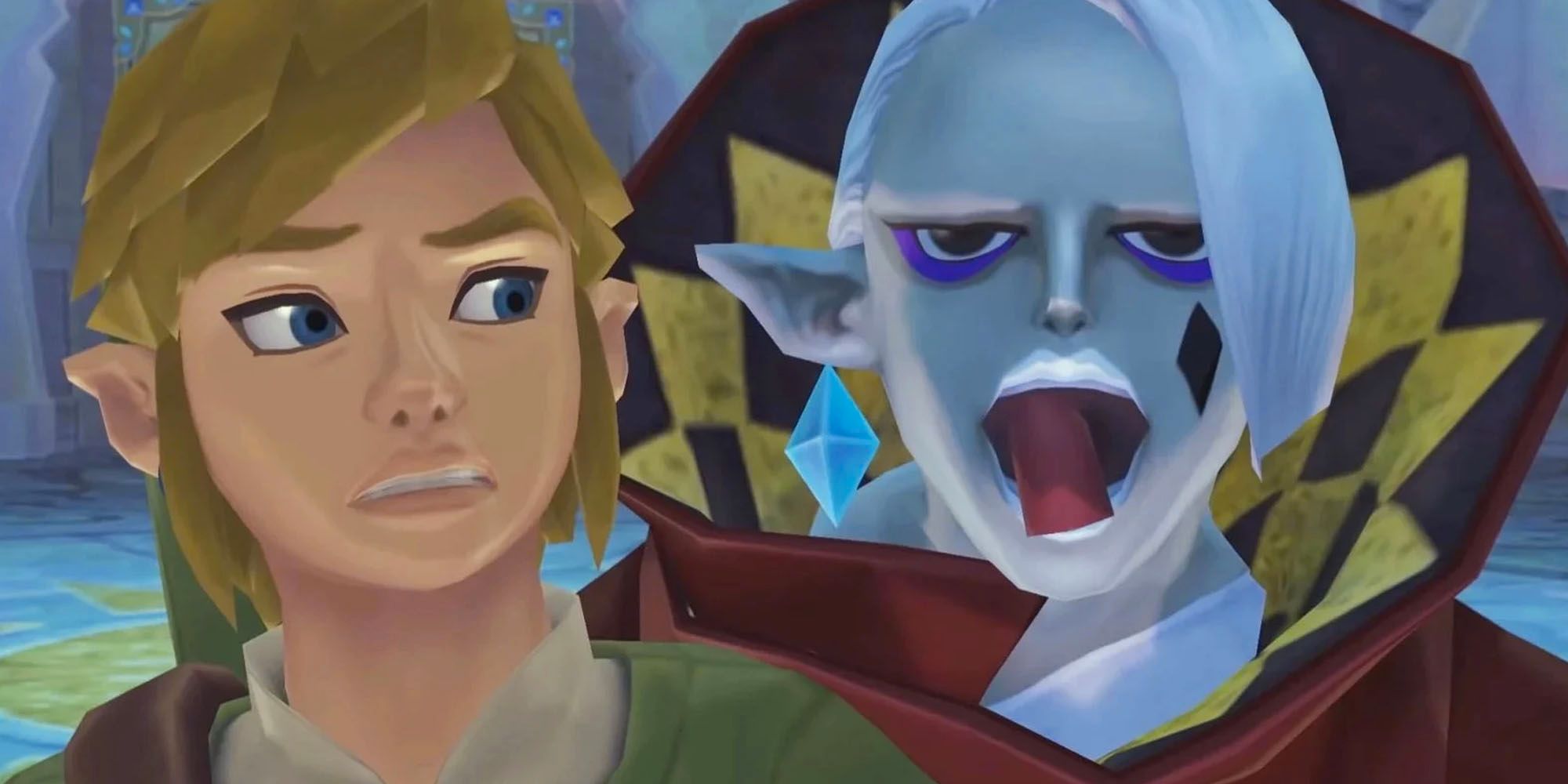
Patience is the name of the game when it comes to Skyward Sword. Unlike virtually every other 3D Zelda, you can’t just rush into combat, nor can you fight particularly aggressively. Skyward Sword is all about timing your strikes correctly, reading enemy telegraphs, and always fighting intelligently.
This requires quite a bit of in-combat patience. If you don’t see an opening to attack, just wait.
RELATED: Skyward Sword Boss Guide: Ghirahim
Don’t try to force damage, every single enemy in the game will eventually do something that will leave them vulnerable – and that applies to bosses as well. This train of thought also extends to Skyward Sword’s puzzle design. Take your time getting through overworlds and dungeons, as they’re loaded with puzzles that test your observational skills. The more information you process, the smoother gameplay will be.
Consider Playing With Motion Controls
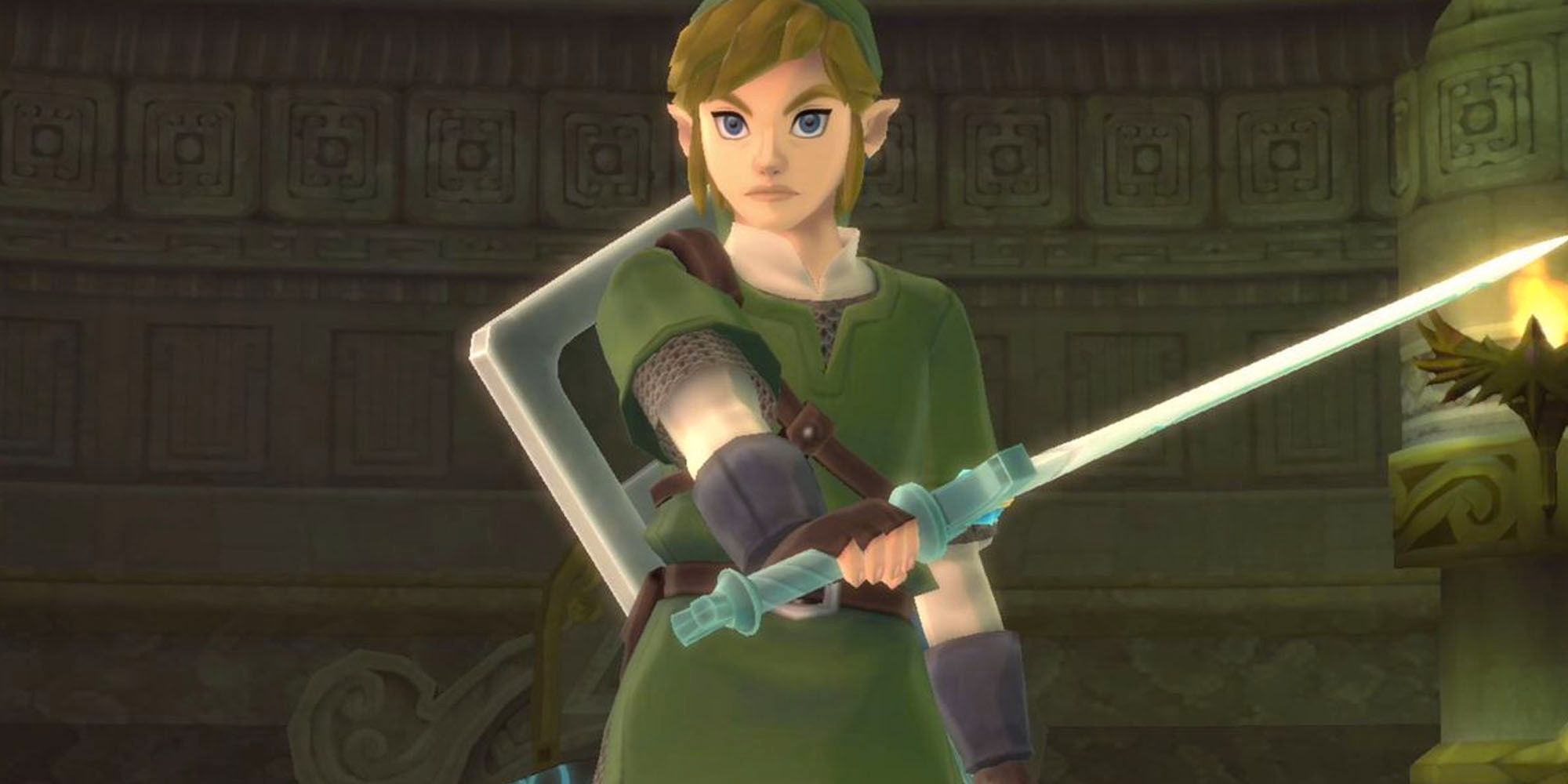
Although Skyward Sword HD’s traditional control scheme is very well done, the game was designed with motion controls in mind and it shows. Virtually every little gameplay detail in Skyward Sword has some element of motion inherent to it, from swordplay to flying and using Link’s equipment.
You should strongly consider playing through the game with motion controls. The Joy-Cons don’t quite emulate the same feel as the Wiimote, but they’re translated well and even outdo the Wii original in some respects. The whole conceit behind Skyward Sword was developing a game that made players feel like they were physically holding the Master Sword in their hands. That can only be achieved through motion controls.
Get Used To Recalibrating
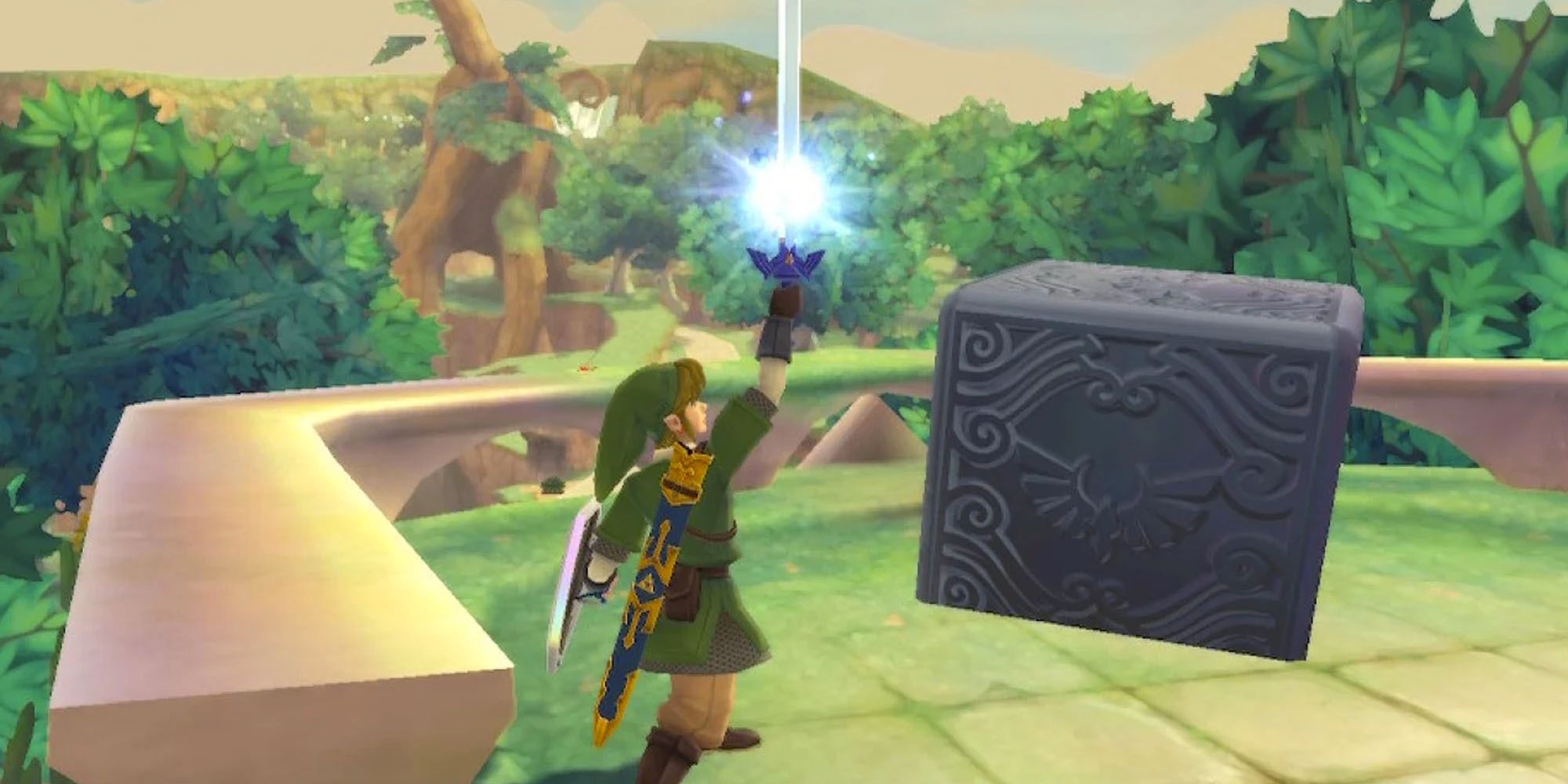
One of the benefits of the Wii sensor was that it allowed you to recalibrate your Wiimote’s aim through a single point. Since Skyward Sword used more sophisticated motion controls, the game features a recalibration position to recenter your aim (along with playing off the Wii sensor). This ultimately allowed for smoother aiming and greater control – but you still needed to recalibrate.
RELATED: Skyward Sword Mini-Boss Guide: Scervo and Dreadfuse
This goes double for Skyward Sword HD, which completely lacks a sensor. If you’re playing with motion controls, you’ll need to recalibrate often. This isn’t a bad thing, though. Recalibration takes a single second to get done and just makes gameplay smoother. That said, it’s something that catches a lot of players off guard, so keep it in mind.
The Adventure Pouch & You
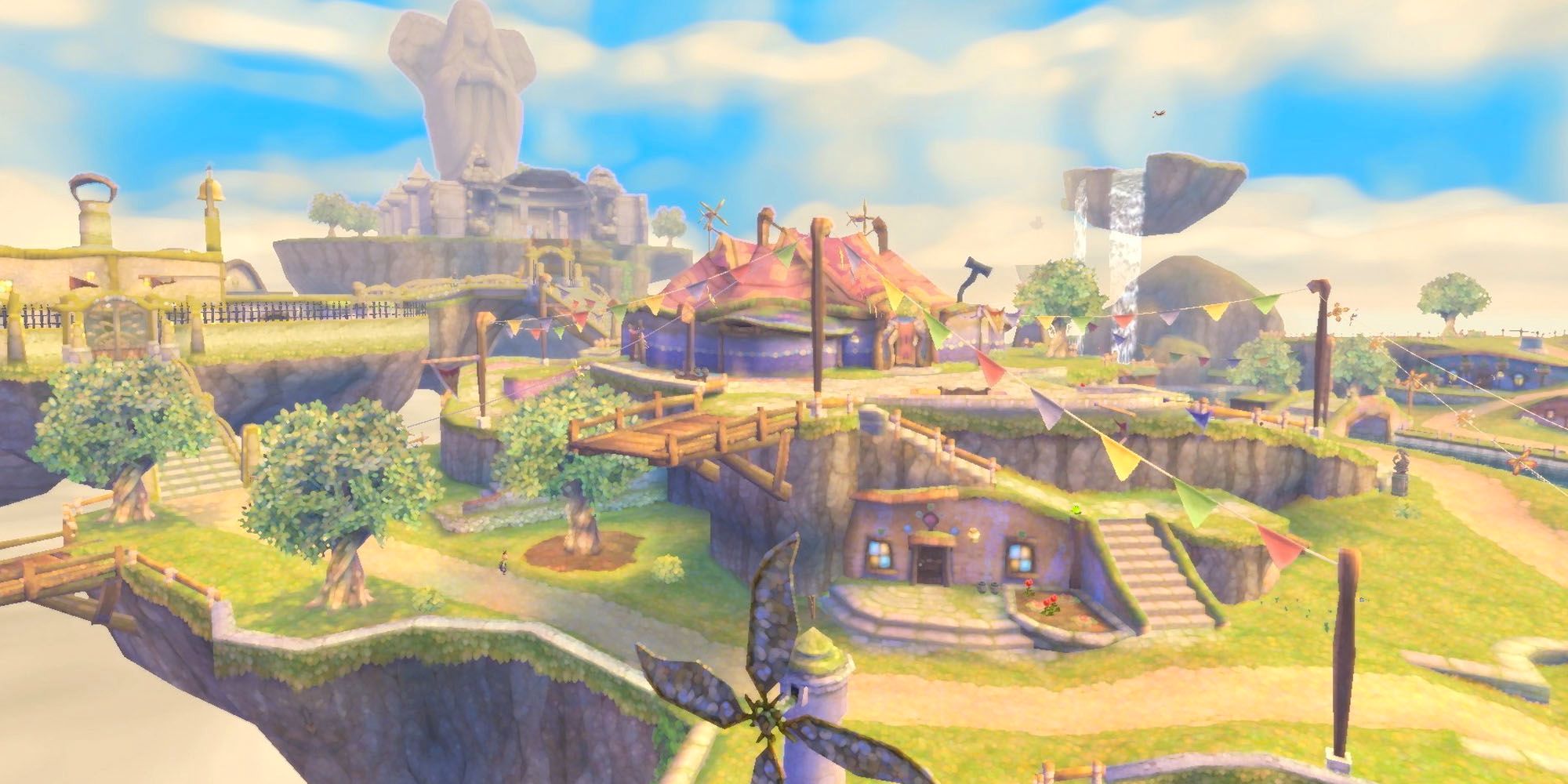
One of Skyward Sword’s biggest changes from previous Zelda games is the introduction of the Adventure Pouch. Rather than carrying all of your gear on-hand, you need to organize your secondary items via an Adventure Pouch with limited slots. This adds an element of inventory management to Skyward Sword, forcing you to consider what to bring down to the Surface.
Between different Shields, Bottles, and Medals that offer Link unique effects, you’d be a fool not to actively repack yourself Adventure Pouch every time you’re back in Skyloft. Adventure Pouch management not only adds a host of depth to Skyward Sword’s inventory system, it helps you better appreciate all the different gear Link has on tap.
Be A Hero, Have A Seat
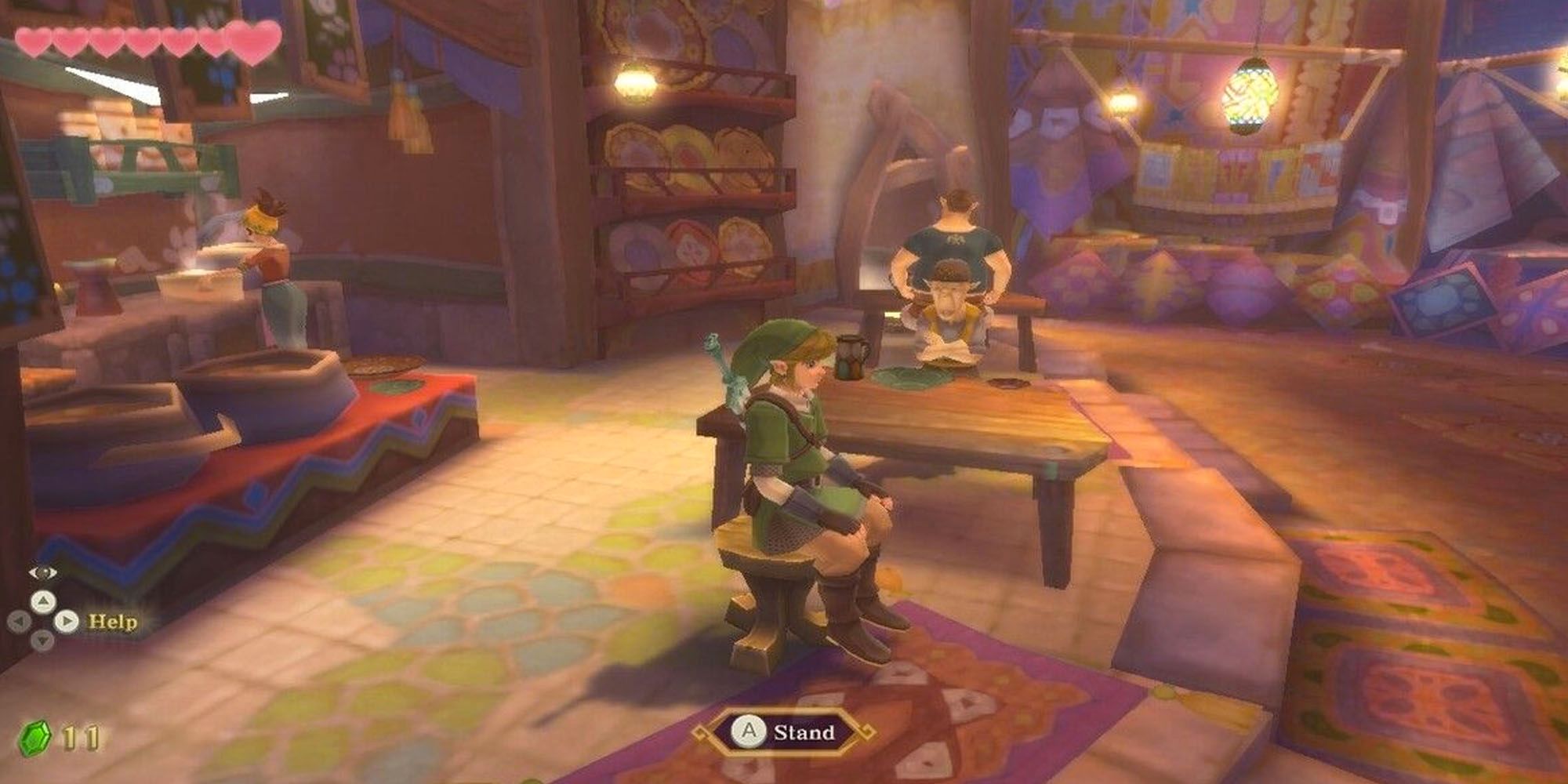
It’s a shame Hero Mode is locked behind a complete playthrough, because it’s the definitive way to play Skyward Sword. Hero Mode notably removes Hearts as a drop, preventing you from healing in combat naturally. This forces you to rely on healing potions along with simply fighting smarter.
Another way to heal in Hero Mode is by sitting down. Skyward Sword has several seats scattered throughout the level design – in the Surface, on Skyloft, and in dungeons – that fully heal Link when he sits. By making it so you need to sit to heal, Hero Mode forces you to observe the level design more intimately than you would otherwise.
Next: Skyward Sword Boss Guide: Demise
